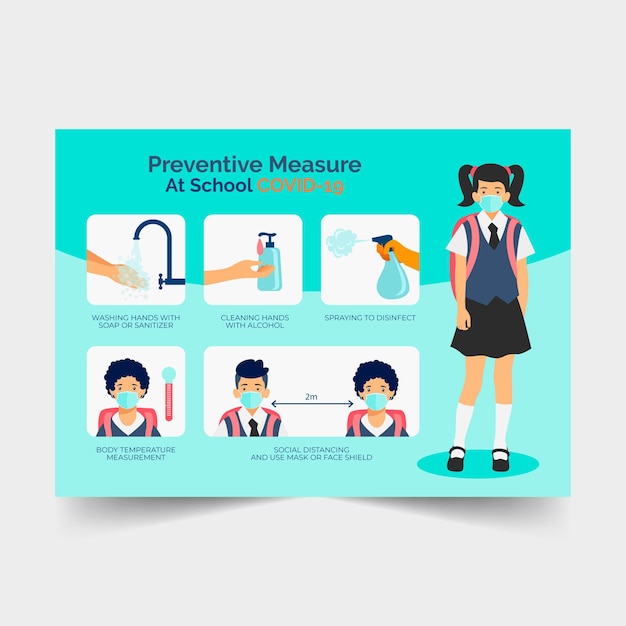
Taking care of our health and hygiene often starts with something as simple as keeping our hands clean. Hands that aren’t washed properly can quickly spread germs and infections.
Germs are everywhere—on our skin, in our digestive system, and on every surface we touch. While many germs are harmless and even essential for maintaining a strong immune system, lots of infections are passed from one surface or person to another through hand contact. Think back to your day. You may not realize it, but we typically touch around 140 objects daily—our faces, phones, doorknobs, elevator buttons, and countless other surfaces.
### Why Handwashing Matters
Washing your hands with soap and water is one of the easiest and most effective ways to protect yourself and others from getting sick. It’s a simple step that can prevent everything from common colds to more serious illnesses. According to the Centers for Disease Control and Prevention (CDC), handwashing can reduce diarrhea-related illnesses by 30% and respiratory infections like colds, flu, and COVID-19 by 20%. Additionally, it can help prevent the spread of antibiotic-resistant germs.
It’s fascinating to note that handwashing, as a public health practice, has been around for just over 150 years. Before that time, many preventable infections caused significant harm. Thanks to Joseph Lister, a British doctor, the idea of using antiseptics and practicing basic handwashing changed the course of medicine.
### How and When to Wash Your Hands
Though being completely germ-free isn’t realistic, frequent handwashing can significantly reduce the spread of harmful bacteria and viruses. The CDC highlights some key times you should always wash your hands:
– Before, during, and after preparing food (especially after handling raw meat).
– Before and after eating.
– Before and after taking care of someone who is sick.
– Before and after treating wounds or cuts.
– After using the restroom, changing diapers, or cleaning up after a child’s bathroom trip.
– After coughing, sneezing, or blowing your nose.
– After handling animals, their food, or waste.
– After touching garbage.
– After being in public spaces or handling frequently touched surfaces, like door handles or shopping carts.
– When your hands are visibly dirty.
If you feel a sneeze or cough coming on, aim for your elbow rather than your hands. This “vampire” or “dab” sneeze helps limit the transfer of germs to surfaces.
To wash your hands effectively, follow these five steps:
1. Wet your hands with clean, running water and turn off the tap to conserve water.
2. Apply soap and lather it well, making sure to scrub the backs of your hands, between your fingers, and under your nails.
3. Rub your hands together for at least 20 seconds. (Tip: Hum the “Happy Birthday” song twice for the perfect timing.)
4. Rinse thoroughly under running water.
5. Dry your hands using a clean towel, paper towel, or air dryer.
Teaching good hand hygiene to children is equally important. By raising awareness and leading by example, you can help them build lifelong healthy habits.
### Soap and Water vs. Hand Sanitizer
Using soap and water is always the best option for cleaning your hands. But when soap and water aren’t available, alcohol-based hand sanitizers can come in handy. These sanitizers are particularly effective when your hands aren’t visibly dirty.
Hand sanitizers with at least 60% alcohol can kill harmful germs on your hands, including some antibiotic-resistant strains. They work by breaking down the germs’ protective outer layers, but don’t worry—the good germs will return to your skin shortly after use. However, hand sanitizers don’t remove certain germs, like clostridium difficile (C. diff), so visibly dirty hands should always be cleaned with soap and water.
### A Small Habit with Big Benefits
Washing your hands regularly is a simple habit that can make a huge difference in protecting both your health and the wellbeing of those around you. By taking a few minutes for proper hand hygiene, you’re actively helping to stop the spread of illness.
If you have concerns about your health or need guidance, consider scheduling an appointment with a healthcare provider in your area. And remember, good hygiene goes beyond just washing your hands—stay mindful of cleaning shared surfaces, keeping your home tidy, and regularly disinfecting everyday items.